|
Extinct Goblin
Anomotodon novus (Winkler)
Age - Eocene Commonality - Uncommon
The most distinguishing characteristics of this
species is the lack of cusplets and the extension of the cutting edge onto
the root.
The anterior teeth of Anomotodon novus are delicate looking
with long thin crowns. Very faint striations are normally present on the lingual surface of
the crown. There is a strong nutrient grove and lingual protuberance on
the root. Laterals also lack cusplets and have the cutting edge extent onto
the root but are rarely collected due to their small size.
Anterior teeth average between 1 - 2 cm (3/4 inch) long and laterals
about 5 mm.
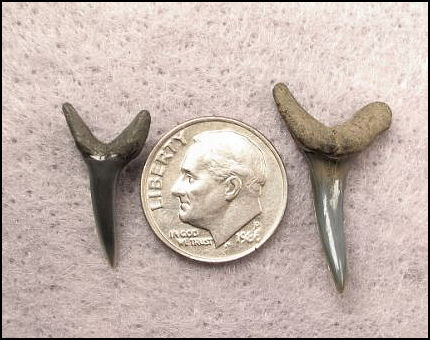
Labial and lingual view of
Anomotodon novus
anterior
Monmouth County, NJ
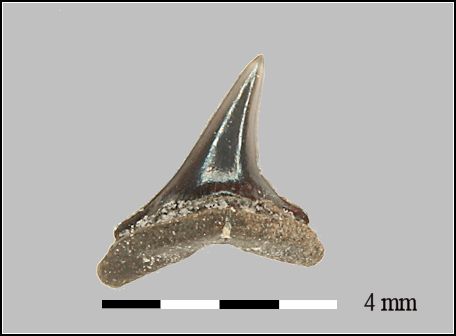
Anomotodon novus
lateral
Monmouth County, NJ
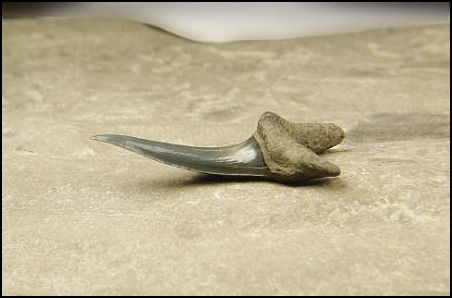
Profile view of an anterior tooth
Weak striations are noticeable in this picture, these may be lacking
in some specimens.
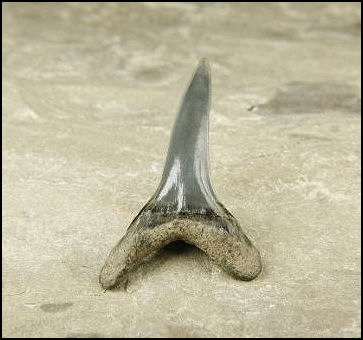
Labial view
Small sand tigers with broken cusplets can easily be mistaken for
A. novus. The basal margin of the crown does not follow the curve
of
the root as it does in most sand tigers.
A very distinguishing
characteristic of this species is
the continuation of the cutting edge onto the root.
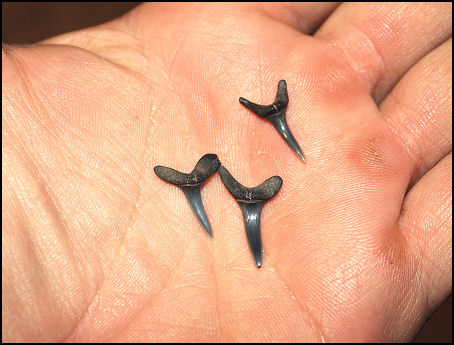
Return to top of page
|